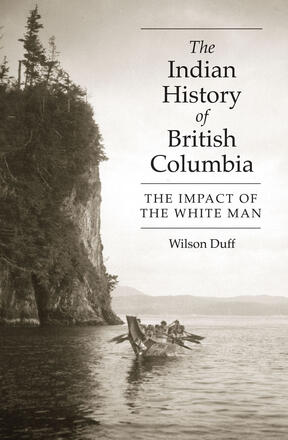
The Indian History of British Columbia
The Impact of the White Man
La description
First published in 1965, The Indian History of British Columbia: The Impact of the White Man remains an important book thanks to Wilson Duff’s rigorous scholarship. It is an excellent overview of the history of the interaction between the First Nations of British Columbia and the colonial cultures that came to western North America. In its 30 years in print, this book has sold more than 15,000 copies and continues to reside on the reading lists of many university and college anthropology courses.
Wilson Duff wrote this book as the first in a series. The second was to be the first book in a line of “ethnic histories” on specific First Nations; the third was to cover a thousand or so years before contact with Euro-Americans. Regrettably, he never finished the other manuscripts. But The Impact of the White Man stands alone and is, indeed, a mainstay of anthropology and history in British Columbia.
For the first time, this book is issued in a quality paperback size and a more readable type. The original text is virtually unchanged, but the publishers have added more photographs, an appendix updating the names and territories of British Columbia First Nations, a new list of recommended reading, and an index.